The HP RDX Removable Disk Backup System is a backup solution that allows small or medium-sized businesses to buy as they grow; it makes use of interchangeable disk cartridges (available in 320GB, 500GB, 1TB, and 2TB capacities) that can be archived as backups become outdated. The HP RDX Removable Disk Backup System backs up data at hard drive speeds and is specced to restore critical files at approximately 360GB/hr using the USB 3.0 interface, which is significantly faster than what alternate solutions like cloud services can provide. Small businesses can purchase new cartridges on an as needed basis rather than having to invest in a dedicated backup appliance or other solutions that are overkill for small server environments.
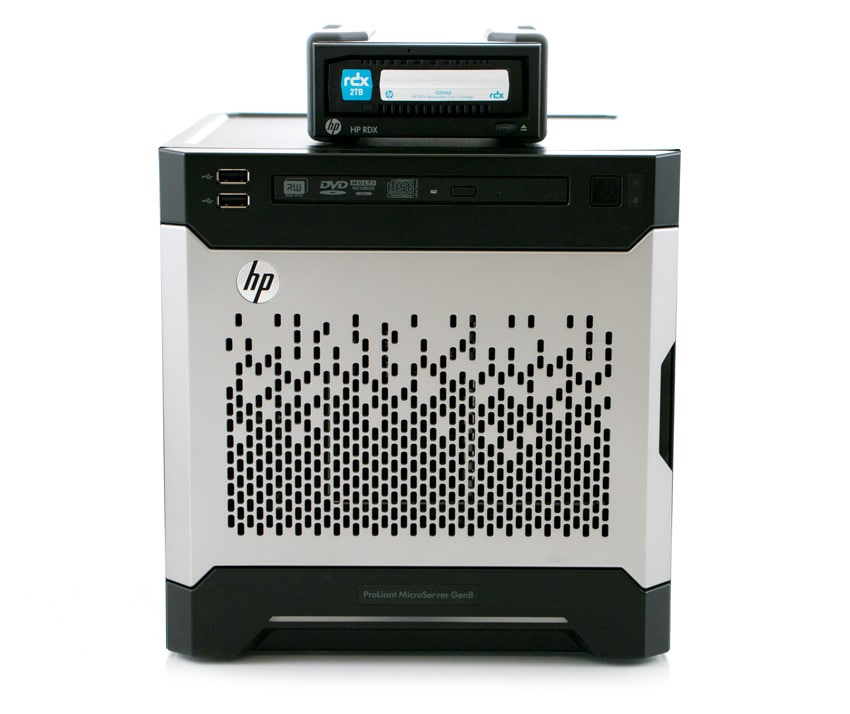
The RDX system makes use of HP’s Continuous Data Protection software (CDP), which automatically backs up the operating system, data files, and applications as they are changed (with deduplication) without depending on the user to schedule backups. Users may also simply drag-and-drop files to RDX using Windows or Mac OS X Finder. Recoveries may be done on a file by file basis or via complete bare metal recovery.
The disk cartridges themselves are portable, durable, shock and static proof, and can survive up to a 1m drop as well as 5,000 load/unload insertions. HP’s RDX also has internal buffers to help protect against bumps and bruises that are inherent of data migration. HP states that the RDX had a 97% drop test survival rate during impact tests, which would normally destroy run-of-the-mill USB drives after one drop. Additionally, the cartridges cannot be removed while backups are running, removing a lot of the human error that can cause backup failure to occur in the workplace. This feature also allows staff to safely run local backups and rotate media without an IT-oriented skill set.
The HP RDX has a lower cost of ownership during the lifespan of the device when compared to tape technologies. RDX cartridges are available at several retailers for around $450 (2TB). The system can be purchased with the docking bay and a 2TB cartridge for $700, which carries a 1-year warranty. HP RDX is available in internal and external (USB 3) form factors, our review unit is the USB 3 external model with 2TB cartridge.
Specifications
- Form Factors
- Internal E7X52A
- External E7X53A
- Capacity
- 2TB Native, 4TB Compressed
- Host Interface: USB 3.0 Port, backward compatible
- Transfer Rate: 200MB/s (using USB 3.0, will be slower over USB 2.0)
- Load/Unload Cycles: 5,000
- Dimensions (H x W x D): 2″ x 4.3″ x 7″
- Weight: 19oz
- Media Compatibility: HP RDX 320GB Cartridge, HP RDX 500GB Cartridge, HP RDX 1TB Cartridge, HP RDX 2TB Cartridge Forward and backward compatibility to all current and future RDX Cartridges and USB 2.0
- Environmental
- Operating Humidity Range: 20 – 80% (non-condensing)
- Max Operating Temperature: 113°F
- Min Operating Temperature: 41°F
- Power Parameters
- Frequency: 50/60Hz
- Nominal Voltage: AC 120/230V
- Operational Power Consumption: 20W
Hardware Overview
The disk backup system ships with a docking station as well as a disk cartridge. The disk cartridge is a small rectangular box that slightly resembles a portable hard drive. It is entirely black except for the top, which is metallic with branding. The bottom has a white sticker with product information and serial numbers. The front of the cartridge (the portion that sticks out somewhat when it is installed) has branding, an LED light that indicates function, and a white label for enumerating cartridges. The back has the SATA interface as well as a small red locking mechanism that can adjust read/write permissions.
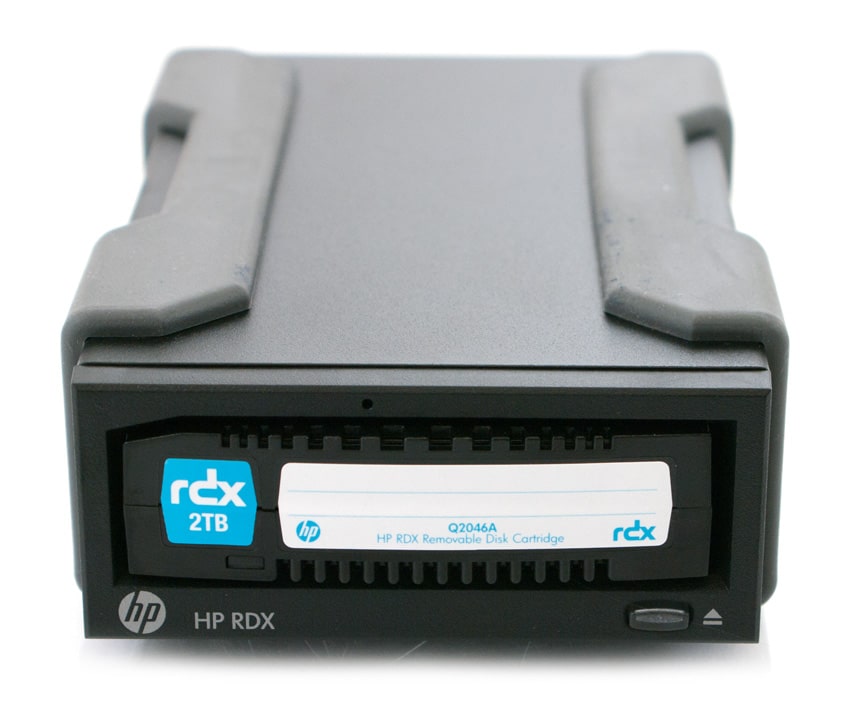
The docking station, which is also black, has raised grey rubber feet that keeps the device raised and stable while also absorbing vibration. The front has an LED light, eject button (the docking station must be plugged in for the eject button to work), and the recess into which the cartridge is installed. The back has a fan, power port, and the port corresponding to the unique USB input.
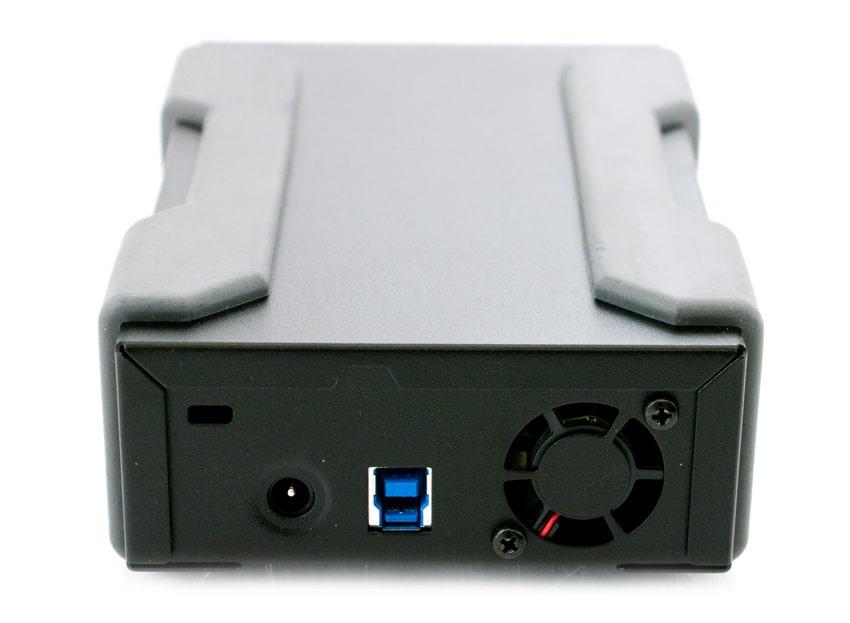
Overall the system is quite sturdy and blends into a server environment well. In our testing we paired the RDX system with an HP ProLiant MicroServer Gen8, a typical arrangement for a solution like this. The RDX just sits quietly on top of the box, blending in while doing it’s duty. Of course the RDX system can be moved from server to server (or computer system) if needed, but for continuous data protection, remaining in place seems the most likely use case.
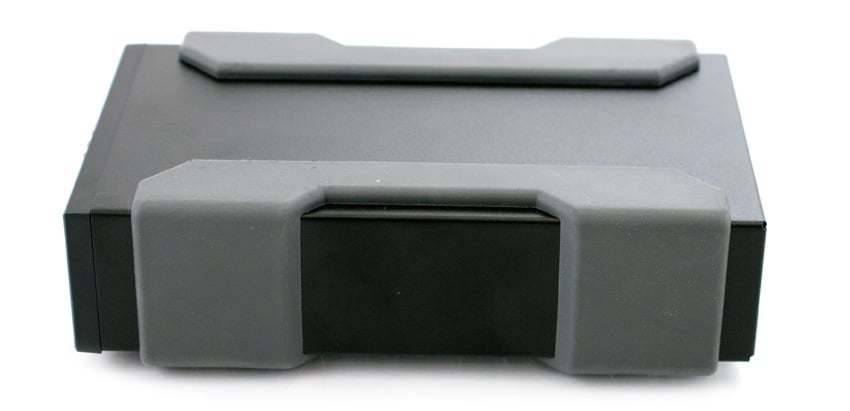
Feature Overview
Data begins to be automatically backed up once the Continuous Data Protection is installed and the system rebooted. Upon reboot the RDX system will ask if the user would like to enable continuous data protection. Once the user accepts, that’s about it, protection is enabled and the first backup a recovery point creation take place.
Use of the server is mostly undisturbed by the functioning of the RDX system; data is automatically backed up without notifying the user (this usually occurs very quickly for subsequent backups thanks to the deduplication feature) except the occasional popup alert in the lower right corner. A snapshot of the backed up system can be viewed by entering the “HP RDX Protection” disk.
HP RDX Continuous Data Protection Software displays information pertaining to the status workstation backups as well as the RDX cartridge through the Task bar icon or Windows Explorer. Some of these status updates include: the amount of data protected, the physical space taken up on our cartridges, and the available system restore points. In addition, backup status updates are automatically reported after important events occur, such as the completion of a baseline backup. The HP RDX Protection Software also features easy-to-use RDX cartridge management features including a warning when a loaded cartridge is approaching its capacity limit.
With HP’s protection software, Windows Explorer can be used for simple drag-and-drop file/folder recovery. Additionally, users can view every file that has been protected, whether the specific file required for restore is online, offline, or archived as well as the specific cartridge that is required for that restore.
RDX alerting that recovery point creation has completed
Disaster Recovery
Individual files can be located via the “HP RDX Protection” drive in Windows and manually recovered in the event of an accidental deletion or some other failure. RDX allows for unlimited file versions, open files, application data, user settings and the complete operating system will also be automatically backed up. In the event of a full system failure, the server can be restored in its entirety by loading the cartridge in concurrence with the HP RDX Continuous Data Protection Software disk that was used during installation for full bare metal recovery. Users only have to work with Windows Explorer when using HP RDX Protection Software as there is no proprietary user interface, which removes unnecessary training or complexity.
RDX browsing to backed up version of the user’s desktop
Conclusion
The RDX backup system makes use of 320GB, 500GB, 1TB, and 2TB interchangeable cartridges to allow small business to buy backup storage as they grow, rather than tying up lots of capital in an appliance-based backup solution. HP has ensured the longevity of this backup system by maintaining compatibility with older and newer models. Through the use of its Continuous Data Protection software (CDP), the RDX backup system automatically backs up documents as they are saved, utilizing deduplication to avoid using unnecessary amounts of storage space. The installation and use of this backup solution is simple and straightforward, and could easily be maintained by entry-level users and administrators rather than IT professionals.
One of the RDX backup system’s greatest strengths is its reliable backup functionality and ruggedness. Its static-free design has an embedded SATA connector, which protects the drive from the electrostatic that would normally render other devices useless and its vibration- and shock-resistant build allow it to operate without interruption in the event of an impact from a fall. The RDX also offers handy managed media rotation and automatic, scheduled backups using a separate drive with at least ten years’ of archival life.
With its focus on ease-of-use as well as its extensive compatibility, the HP RDX Removable Disk Backup System is definitely an attractive option for smaller businesses looking for an inexpensive backup solution for a core server. The initial investment is also pretty modest, making RDX and easy add-on for those who want a physical backup solution that’s reliable and can easily be transported off site as part of a disaster recovery plan.
Pros
- Simple install and operation
- Constant and non-invasive backups
- Cartridge compatibility with older and newer models
Cons
- Might need to be replaced by another solution as a business grows
Bottom Line
The HP RDX backup system is a great option for any small or medium-sized business looking for a straightforward but thorough backup solution that doesn’t require a large initial investment or any complexity in configuration or recovery.


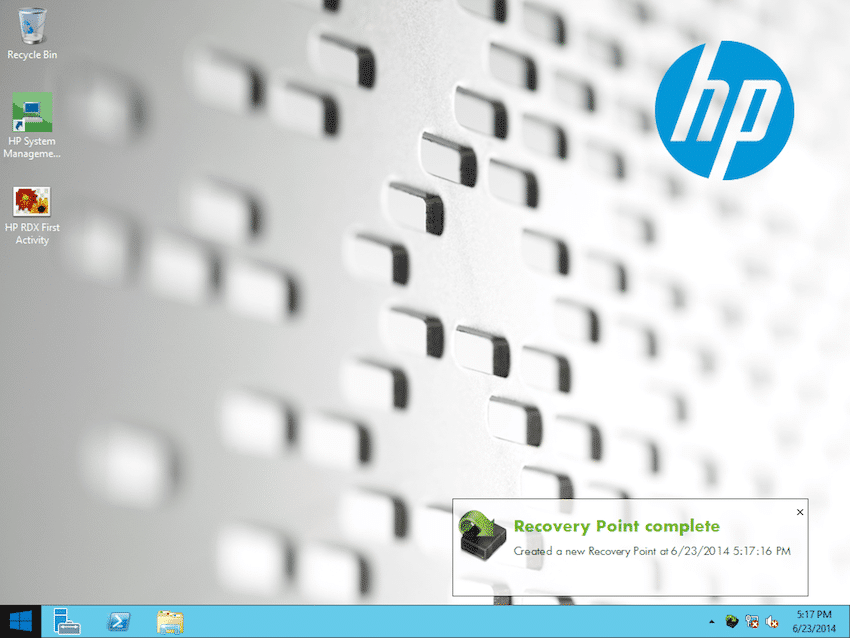
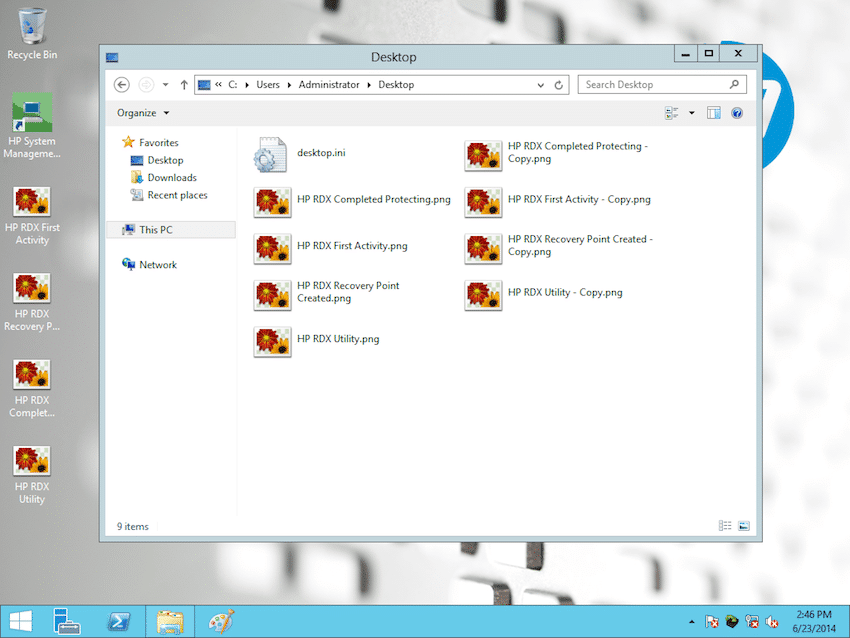


 Amazon
Amazon